
Everything’s bigger in Texas.
That’s what they say right? Well solar is no exception. With a 36 GW buildout expected in the next five years, Texas is on track to take over as the largest solar market in the United States.
The majority of this capacity is being added to utility-scale projects, most of which occupy the dryer, sunnier parts of western Texas. Cheaper land provides benefits to solar developers in this area, but it also poses challenges. Substantial transmission capacity is required to deliver electricity produced in the west to the high population centers located in central and eastern Texas. As a result of these large projects growing faster than the interconnection queues can support, grid congestion, reliability issues, renewables curtailment, and high costs from “congestion rent” are creating problems.
The way to address these grid-scale problems is to encourage the growth of more distributed rooftop solar on homes and businesses, ideally paired with battery storage capacity. For this reason, as well as to increase grid stability, reduce blackouts, and encourage a transition to cleaner energy sources, Texas has increased solar tax incentives to help make renewable energy more affordable and accessible for its residents.
Texas Solar Rebates and Tax Credits
Homeowners across Texas can qualify for programs that help them save on upfront solar installation costs and long-term electric bill costs. We’ll go over some of these programs and their eligibility requirements to help you find incentives that save you money by going solar.
Solar Rebate Programs
Texas has a deregulated electricity market, and therefore does not offer any statewide tax credits or rebates. However, many local governments and local utility companies offer money-saving programs and rebates. For example, Austin Energy provides significant solar savings to its customers via its Solar Photovoltaic (PV) Rebate. This rebate offers $2,500 to customers that complete a solar education course and install a qualifying solar photovoltaic system on their home. Other rebate programs offered in Texas can be found in the Database of State Incentives for Renewables & Efficiency (DSIRE), which has a comprehensive database of all Texas’ solar rebate programs.
Solar Panel Property Tax Exemptions
The Texas property tax code offers a 100% tax exemption for any increase in property value that results from your solar installation. This means that in addition to saving money on your monthly utility bill, you’ll also be saving money on your annual property tax. In most circumstances, you’ll need to apply to get a solar property tax exemption. The requirements are extensive, so be sure to conduct some research before applying. Your local government will be the best resource, but the Texas Comptroller of Public Accounts website also offers general information about these exemptions.
Solar Buyback Programs
Renewable energy buyback programs allow you to get paid for producing clean energy at home. When you generate excess energy from your solar panels, you’ll earn a credit on your monthly bill to offset your energy charges each month. With these programs, customers in deregulated service areas can choose a retail electric provider to buy back their excess energy. Selling this power back to the grid works differently in every city, town, or ZIP code. Check out the buyback programs available in your service area on the Power to Choose database.
Net Metering Programs
In addition to Texas’ other programs, you may also be able to participate in a solar net metering program. These programs credit solar owners for the unused energy that their panels produce. Anytime the solar system isn’t producing enough energy for a customer’s needs, they can draw on those credits instead of paying for electricity. Even though there isn’t a statewide net metering program in Texas, some local governments and electricity providers have their own net metering programs available. The DSIRE database also has an extensive list of Texas’ net metering programs.
Texas homeowners can also take advantage of the Federal Solar Investment Tax Credit (ITC). In addition to any local incentives you may qualify for, you can use the ITC to get a deduction on your federal taxes that equates to 30% of your solar installation costs, helping reduce your overall investment. To learn more about eligibility requirements and how to claim this credit on your taxes, click here: Solar Investment Tax Credit
Why Wait? Go Solar with NATiVE
With the myriad of available incentives that can help reduce the upfront costs of installing solar, as well as the fact that the costs of solar have gone down roughly 15% each year since 2010, it’s clear that there’s never been a better time to go solar and become part of the essential clean energy transition. Save money, get access to a reliable and stable energy source, and help the environment by going solar with NATiVE. In a consultation, we’ll be happy to discuss all the incentives available for you to take advantage of in order to lower the costs of your investment as much as possible. For more information and to receive a complimentary quote, #TakeYourPowerBack with NATiVE Solar.










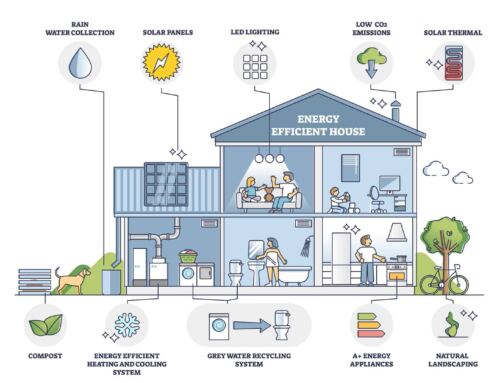

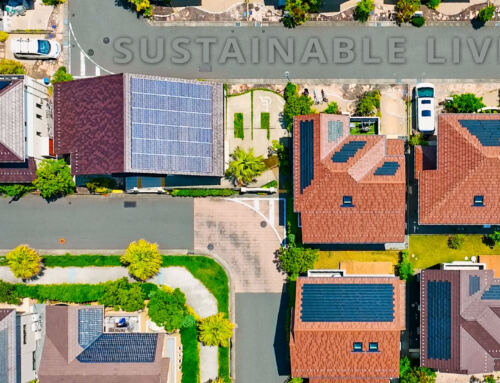














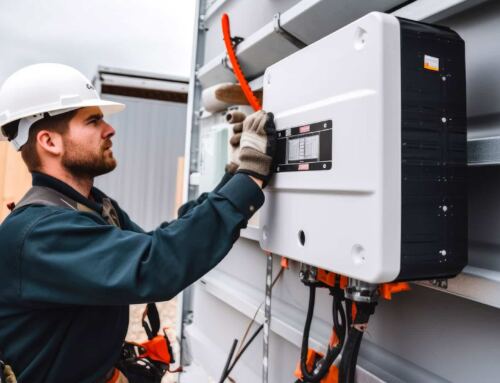
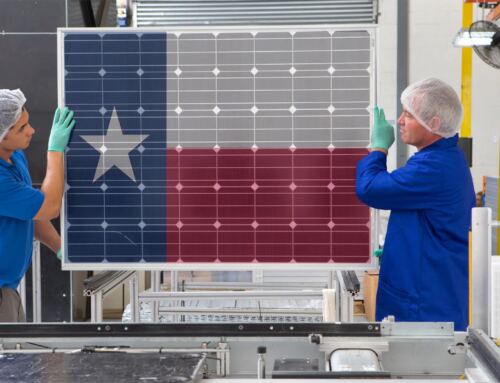
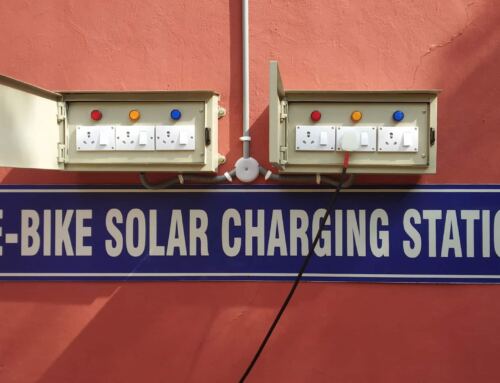


[…] be fed back into the grid, earning credits to offset future energy costs. They can also qualify for local solar rebates and tax credits that will reduce their overall costs of going solar. Additionally, the Solar Investment Tax Credit […]
[…] never been a better time to join the clean energy movement. With abundant sunlight and an array of money-saving incentives that lower the upfront costs of going solar, transitioning to renewable energy is cheaper and more […]
[…] available financing options, incentives, and tax credits to make the transition to solar and smart home technologies more […]
[…] solar panels in Texas offers a promising return on investment (ROI) over time. Thanks to the state’s generous solar incentives and favorable regulatory environment, homeowners and businesses can recoup their initial investment […]
[…] needs are met efficiently and affordably. By leveraging Texas’ solar energy tax credits and incentives, we help our clients maximize their savings while minimizing their environmental footprint. With […]